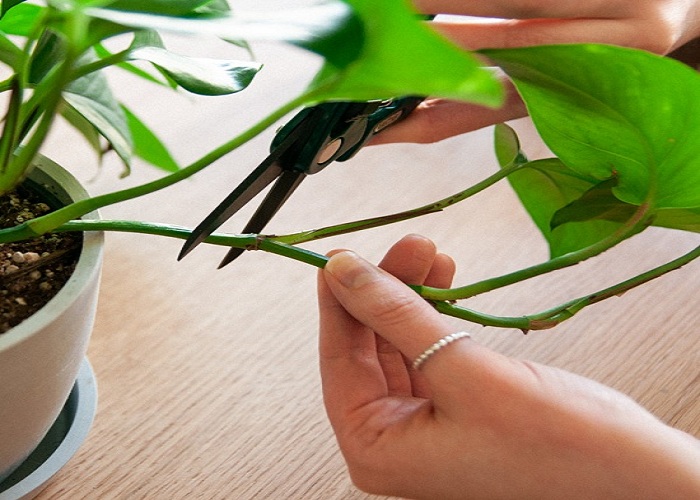If you want your houseplants to thrive, you need to know how to root cuttings quickly and easily.
Check these easy, quick, and foolproof methods for rooting cuttings for indoor plants, and watch your houseplants flourish!
Apply Rooting Hormone
The plant’s defense against pathogens, such as fungi and bacteria, is enhanced by the rooting hormone, which also aids in root growth. It helps reduce transplant shock and promotes rapid root formation.
Aloe vera can also be used as a rooting hormone to promote root formation. You can also use other things like honey, cinnamon, and apple cider vinegar.
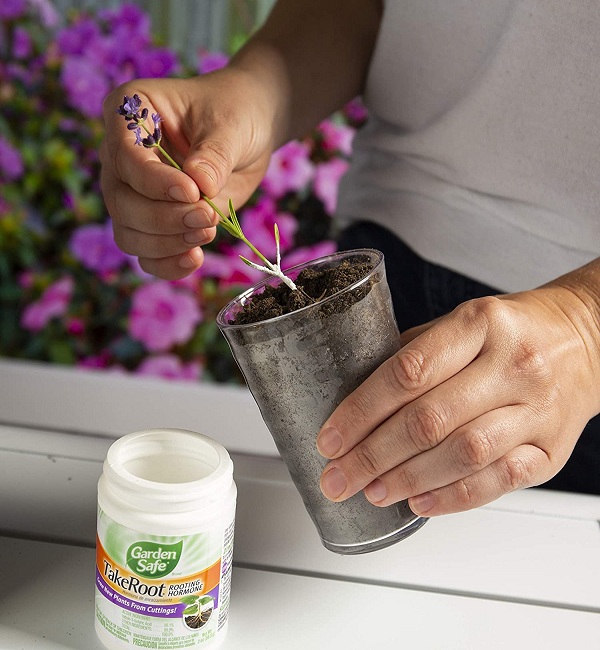
Remove the Lower Foliage
If you want to prevent water loss during propagation, remove the bottom leaves from the cutting after you take it. It’s important to keep the lower leaves off the soil as well.
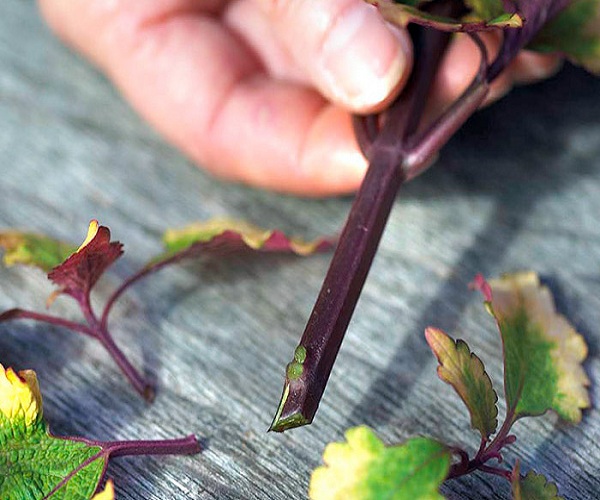
Prepare a Solution of Aspirin Water
Create a rooting solution by dissolving four to five aspirin pills in a liter of water. Before rooting cuttings, dip their tips. Also, you can use it to spray the wound and keep it clean and infection-free.
Salicylic acid is the active component in aspirin. The enhanced immune response of plants helps them fight off pests and microbes, and stops the creation of fungus, all of which contribute to a higher rate of growth.
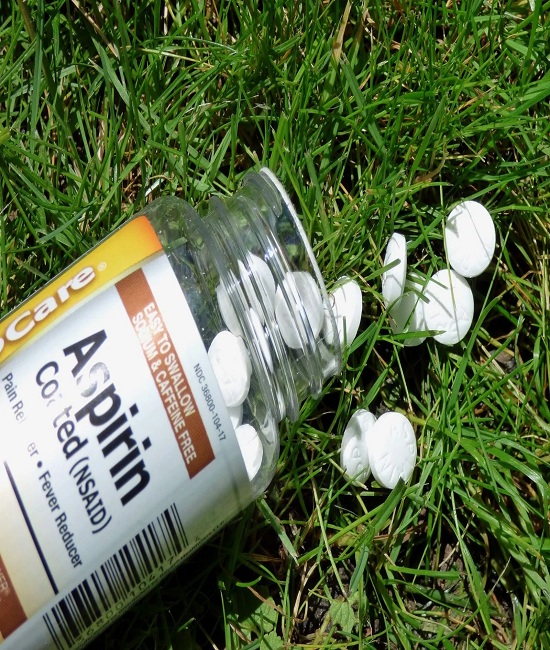
Make a Cut Below the Node
The nodes are where the plant’s leaves and aerial roots grow. Propagation is more likely to succeed if cuttings are made from the stem just below a node.
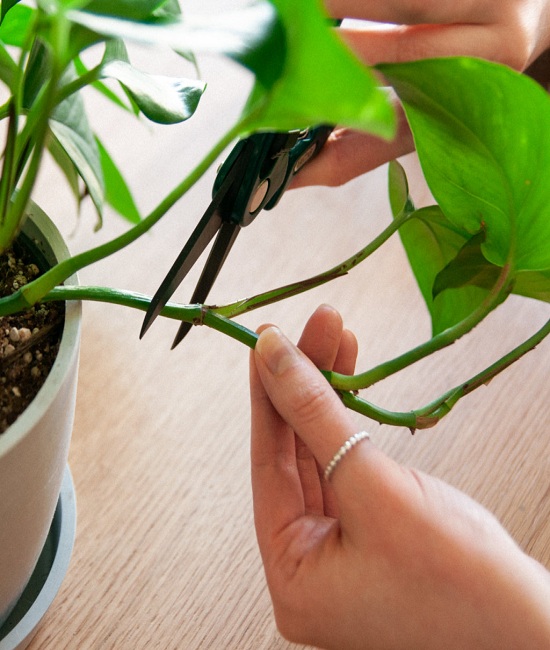
Use Appropriate Soil or Cultivation Medium
A well-aerated and well-drained soilless medium is beneficial for promoting early root formation. A nutrient-poor soilless mix can be substituted. You can also try cocopeat or pure peat moss for your plant cuttings.
It is important to use chlorine-free water when propagating the cuttings. Keep the water fresh and change it every three to four days. Alternatively, you can use aquarium water.
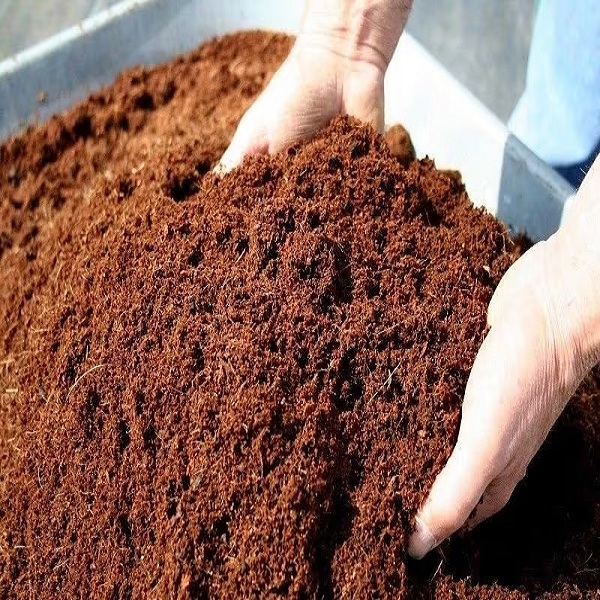
Protect from Diseases
Your cuttings may wilt and die if they are exposed to a disease. To avoid this, just do what’s listed below:
- Use clean, sanitized, and dry tools.
- Collect stem cuttings from a robust plant.
- Use a sharp knife to make a 45-degree cut.
- Make sure you’re using a sterile container and soil.
Ensure Sufficient Lighting
There must be enough light for the cuttings to grow and produce healthy roots. A location with bright yet indirect sunlight would be ideal. The cuttings will not survive if exposed to direct sunlight.
A Tip: Direct early sunshine exposure will be beneficial.
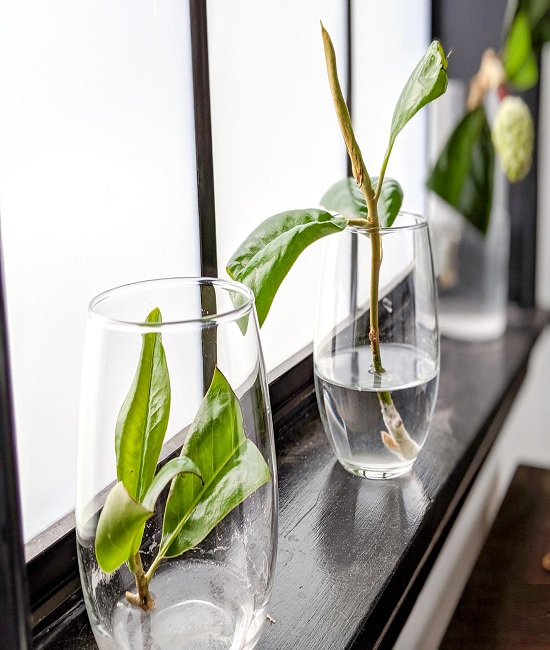
Types of Cuttings
Herbaceous, softwood, and hardwood cuttings can all be used to create new plants. You may need to be more careful with softwood cuttings because they are the sensitive new growth of woody plants. Your efforts, however, will be rewarded because they root swiftly.
Some of the best plants for propagating from softwood cuttings include the philodendron, pothos, wandering jew, prayer plant, begonia, arrowhead vine, and Chinese money plant.
When propagating hardwoods, it is best to use cuttings from fully developed stems, often those from the previous growing season. They are much more rigid and difficult to warp than softwood trimmings. Many popular houseplants can be propagated from hardwood or semi-hardwood cuttings, including the Fiddle Leaf Fig, Ti Plant, Dracaena, Dumb Cane, and Rubber Tree.
Let the cuttings heal and create soft protective tissue called a callus for a better success rate while reproducing Succulents and cacti. African violets, Jade plants, and Crown of thorns all require the same care when being propagated.
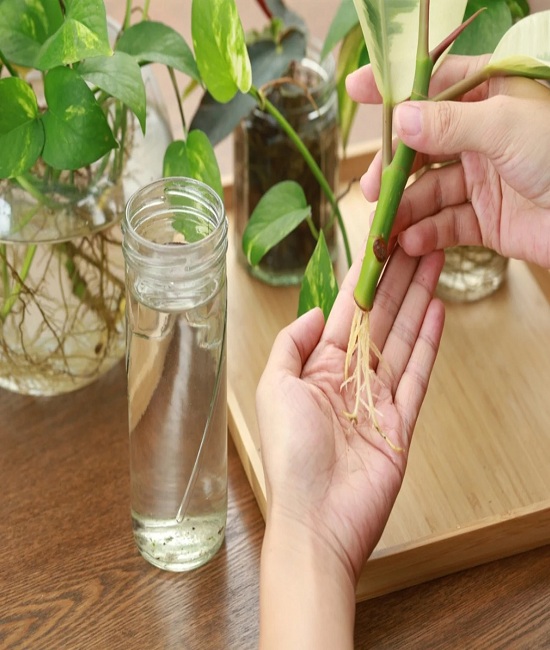
Temperature
Keeping the temperature between 65 and 85 degrees Fahrenheit is optimal for cutting-based propagation (18-30 C). A faster rate of callusing, initial root development, and future root growth is achieved by keeping the cutting at a high temperature, which also aids in accelerating cell division in the cutting.

